The Difference Between Horses and Ponies
Updated on 04/26/24
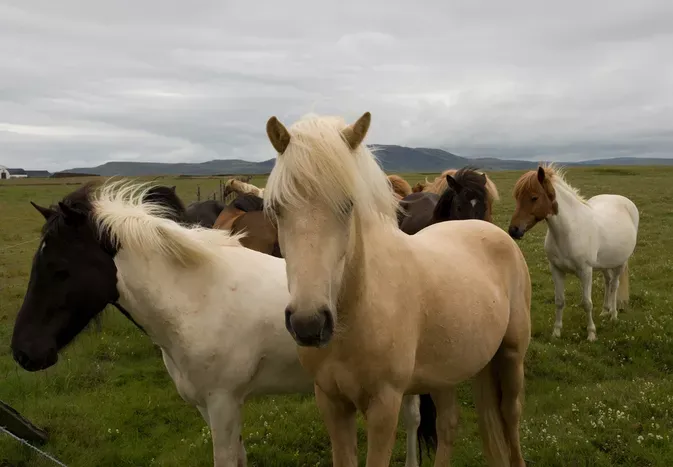
The Ultimate Guide to Distinguishing Horses from Ponies: A Heightened Exploration
In the captivating equestrian world, horses and ponies, despite their shared equine ancestry, present a spectrum of distinctive characteristics, both physical and temperamental. While their similarities may initially blur the lines, discerning these differences is crucial for enthusiasts and professionals alike. This comprehensive guide delves into the intricacies that set horses apart from ponies, unraveling the mysteries that shroud these magnificent creatures.
Height: The Primary Yardstick
Height reigns supreme as the defining criterion in differentiating horses from ponies. As per the standards set by various equestrian organizations, horses typically tower over ponies, standing at or above 14.2 hands (58 inches) at the withers. Ponies, on the other hand, are diminutive in comparison, measuring under 14.2 hands. This height disparity often extends to their overall proportions, with horses exhibiting longer legs, larger frames, and more pronounced musculature than their pony counterparts.
Examples:
* A majestic Thoroughbred horse, known for its athleticism and speed, stands at an impressive 16.3 hands.
* A playful Shetland pony, beloved for its affectionate nature, stands at a mere 10.2 hands.
Body Structure: A Tapestry of Differences
Beyond their height, horses and ponies exhibit subtle variations in their body structures. Horses generally possess a more refined and athletic build, with long, slender legs, a deep chest, and a well-proportioned neck. Ponies, on the contrary, are often stockier and more compact, featuring shorter legs, a broader chest, and a thicker neck. Their sturdy build reflects their historical role as draft animals, enabling them to carry heavy loads and navigate challenging terrain.
Examples:
* An Arabian horse, renowned for its elegance and endurance, displays a graceful arched neck and a streamlined body.
* A Clydesdale pony, celebrated for its strength and gentle nature, showcases a muscular frame and broad shoulders.
Temperament: A Spectrum of Personalities
While both horses and ponies possess inherent charm and intelligence, their temperaments often differ. Horses are typically known for their spirited and athletic nature, eager to engage in activities and forge strong bonds with their handlers. Ponies, on the other hand, are often described as more docile and affectionate, exhibiting a gentle disposition that makes them ideal companions for children and novice riders.
Examples:
* A spirited Quarter Horse, bred for its versatility in Western disciplines, is known for its agility and athleticism.
* A gentle Welsh pony, renowned for its intelligence and trainability, is a popular choice for recreational riding and driving.
Purpose and Utility: A Reflection of Capabilities
Historically, horses and ponies have served distinct purposes based on their physical and temperamental traits. Horses, with their greater size and athleticism, were primarily utilized for transportation, warfare, and agricultural labor. Ponies, with their hardiness and versatility, excelled in roles such as pulling carts, carrying packs, and working alongside children. Today, both horses and ponies continue to fulfill these traditional roles while also finding their place in a wide range of equestrian disciplines, from racing and jumping to trail riding and therapy.
Examples:
* A powerful Percheron horse, renowned for its strength and endurance, is still used for draft work and heavy hauling.
* A versatile Connemara pony, known for its athleticism and agility, excels in jumping and eventing competitions.
Conclusion: Embracing the Diversity of Equines
Horses and ponies, though united by their equine lineage, represent a captivating tapestry of diversity. Their unique characteristics, from height to body structure, temperament to purpose, showcase the remarkable adaptability and versatility of this extraordinary species. Understanding these differences empowers us to appreciate the distinct contributions of both horses and ponies to the equestrian world and to make informed choices when selecting equine companions or pursuing equestrian activities. Whether towering or diminutive, spirited or gentle, these magnificent creatures continue to captivate our hearts and inspire us with their unwavering loyalty and grace.
Explore More Pets

Horse Diseases & Conditions
What Do I Do If My Horse Colics?
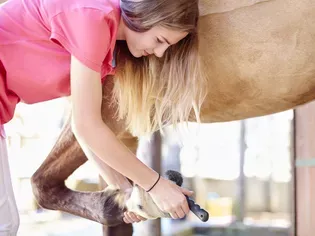
Pony Breeds
Horse and Pony Care by the Day, Week, Month and Year
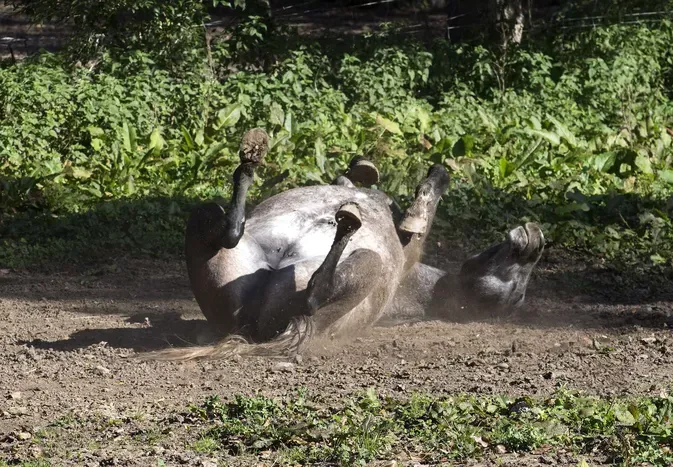
Horse Grooming
Mange in Horses
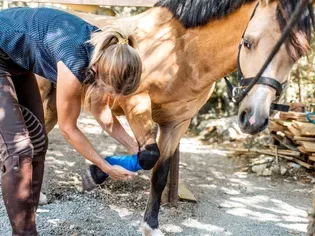
Horse Diseases & Conditions
Grease Heel in Horses
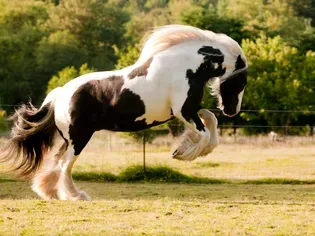
Light Horse Breeds
Gypsy Vanner Horse Breed Profile
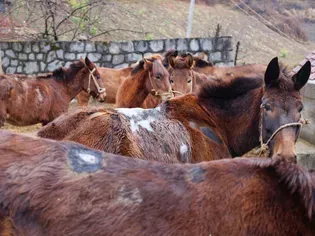
Horse Diseases & Conditions
Girth Galls and Saddle Sores
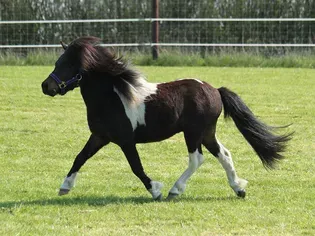
Pony Breeds
Shetland Pony Breed Profile
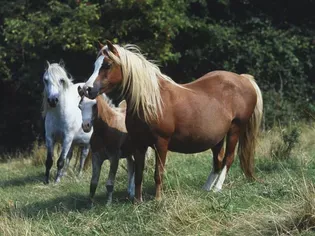
Horse Diseases & Conditions
Hay Belly in Horses